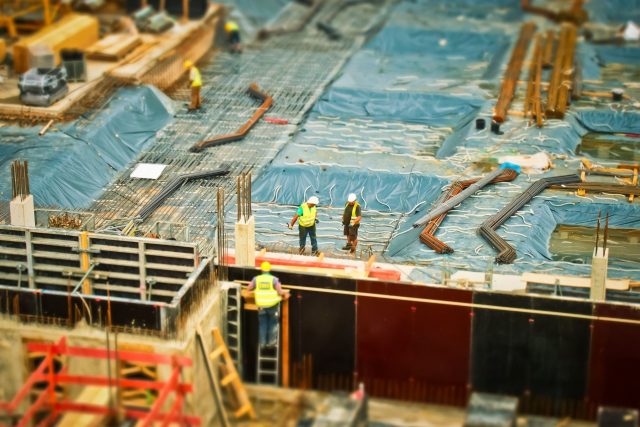
When you look closer at construction projects, selecting the most suitable procurement route is paramount to achieving success. Procurement routes outline the method by which a project will be designed, constructed, and delivered.
Each procurement route for construction has its own unique characteristics, tailored to meet specific project requirements and objectives. Let’s delve into the benefits that procurement routes offer in the construction industry.
1. Tailored Approach to Your Project Needs
One of the primary advantages of procurement routes is their ability to cater to the unique needs of each construction project. Whether it’s a large-scale infrastructure development or a residential building, there’s a procurement route suited to its requirements.
This tailored approach ensures that the project’s objectives, budget constraints, and timeframes are taken into account from the outset, laying a solid foundation for success.
2. Risk Allocation and Management
Effective risk management is crucial in construction projects to mitigate potential setbacks and ensure smooth progress. Procurement routes offer a mechanism for allocating risks appropriately among project stakeholders.
By clearly defining responsibilities and liabilities, these routes enable proactive risk management throughout the project lifecycle. Whether it’s design risks, financial risks, or unforeseen challenges, a well-chosen procurement route facilitates effective risk allocation and minimises disputes.
3. Cost Control and Transparency
Cost control is a top priority in construction projects to prevent budget overruns and financial strain. Procurement routes provide a framework for managing costs effectively, promoting transparency and accountability.
Through mechanisms such as competitive tendering, cost benchmarking, and value engineering, stakeholders can keep a close eye on project expenditures and make informed decisions to optimise costs without compromising quality.
4. Improved Collaboration and Communication
Effective collaboration and communication among project participants are essential for seamless project delivery. Procurement routes encourage collaboration by fostering early engagement between the client, design team, contractors, and other stakeholders.
This collaborative approach facilitates the exchange of ideas, feedback, and expertise, leading to better-informed decisions and improved project outcomes.
Clear lines of communication established through procurement routes help streamline workflows, reduce misunderstandings, and foster a culture of teamwork.
5. Flexibility and Adaptability
In the construction industry, flexibility and adaptability are key to responding to evolving project requirements and external factors. Procurement routes offer varying degrees of flexibility, allowing stakeholders to tailor the approach according to changing circumstances.
Whether it’s adjusting project timelines, accommodating design changes, or responding to market fluctuations, a flexible procurement route provides the agility needed to navigate uncertainties and deliver successful outcomes.
6. Quality Assurance and Compliance
Ensuring quality and compliance with relevant standards and regulations is non-negotiable in construction projects. Procurement routes incorporate mechanisms for quality assurance and compliance, setting clear expectations for design standards, materials, and construction methodologies.
By adhering to industry best practices and regulatory requirements, stakeholders can uphold the integrity of the project and safeguard against potential risks and liabilities.
Robust quality management processes embedded within procurement routes contribute to the delivery of high-quality, durable assets that meet the needs of end-users and stakeholders alike.
Procurement Routes in Summary
In conclusion, procurement routes play a pivotal role in shaping the success of construction projects by providing a structured framework for decision-making and collaboration.
From tailoring approaches to specific project needs to facilitating risk management and ensuring quality assurance, the benefits of procurement routes are manifold.
By using the advantages offered by these routes, stakeholders can navigate the complexities of construction projects with confidence, maximising efficiency, and delivering value to clients and communities alike.












